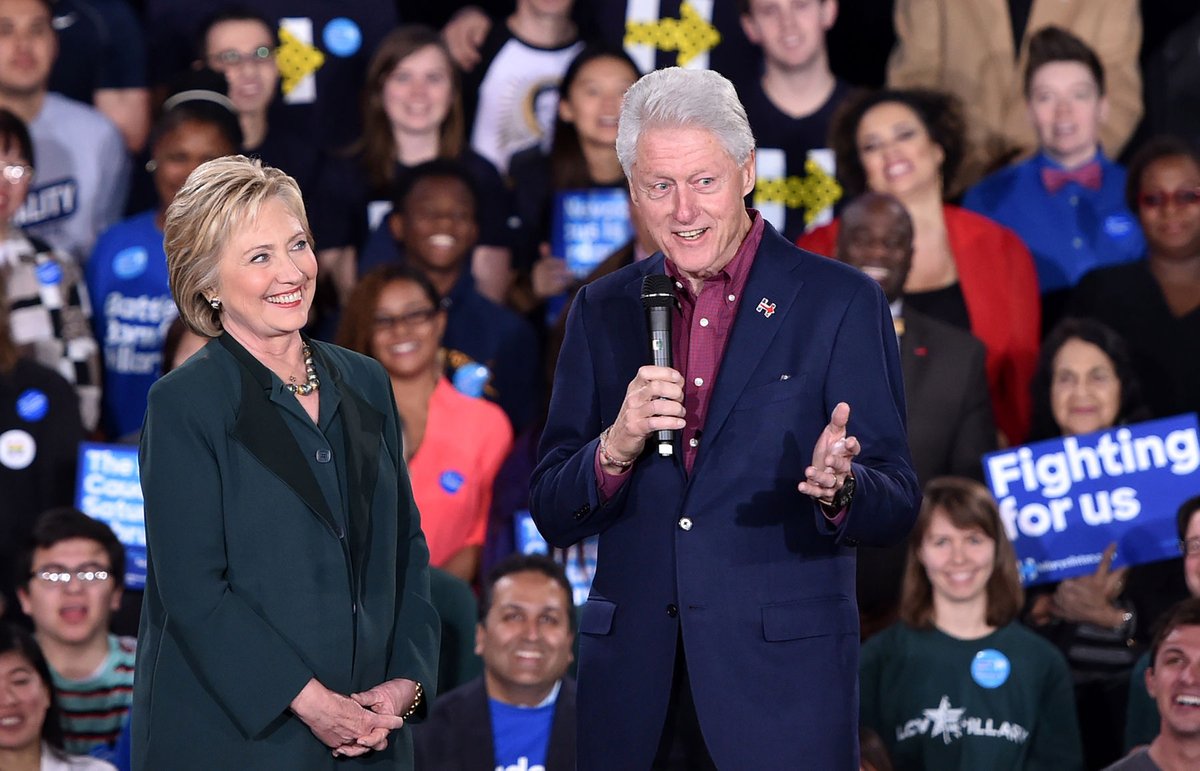
Summary
Getting good event photos needs planning and perfect timing. It is about capturing emotions and important moments naturally. You also need to focus on the overall atmosphere. Using the right lighting and camera settings makes the photos better. This way, every event can become a lasting visual memory.
Introduction
Capturing good event photos is more than just clicking pictures. Good photography shows the story of an event. It can be a wedding, concert, or business meeting. Every important moment is captured.
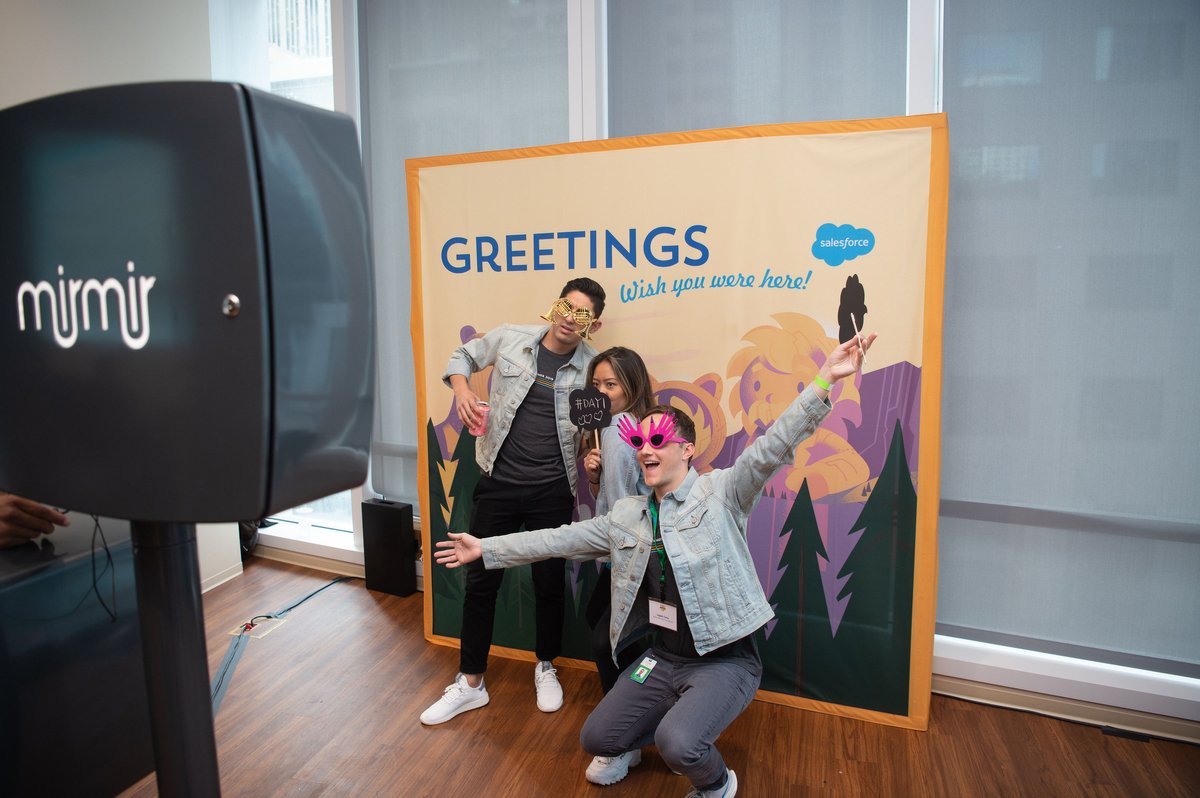
The photos keep memories for years. They show emotions and make the event feel alive again. This blog will guide you to take bright, clear and emotional photos that reflect your special day.
15 Key Ideas to Get the Best Event Photos
Capturing event moments well needs more than a camera. Use these 15 ideas to get sharp and stunning photos.

-
Understand the Event Before Shooting
Before photographing, learn about the event. Each event has its own style. Birthdays are fun and lively. Business events are formal and calm.

Talk to the organizer about the schedule and key people. This helps you take pictures that show the real mood and moments.
-
Plan Your Shots in Advance
Planning helps avoid mistakes and saves time. Make a list of important events such as speeches and group photos for the photographer.

Imagine the story in your photos. Check the location for good light and positions. Proper planning helps you take creative and professional pictures.
-
Use Good Lighting
Lighting affects photo quality. Sunlight works best. Indoor events may be dim. Low light can make images blurry or flat.
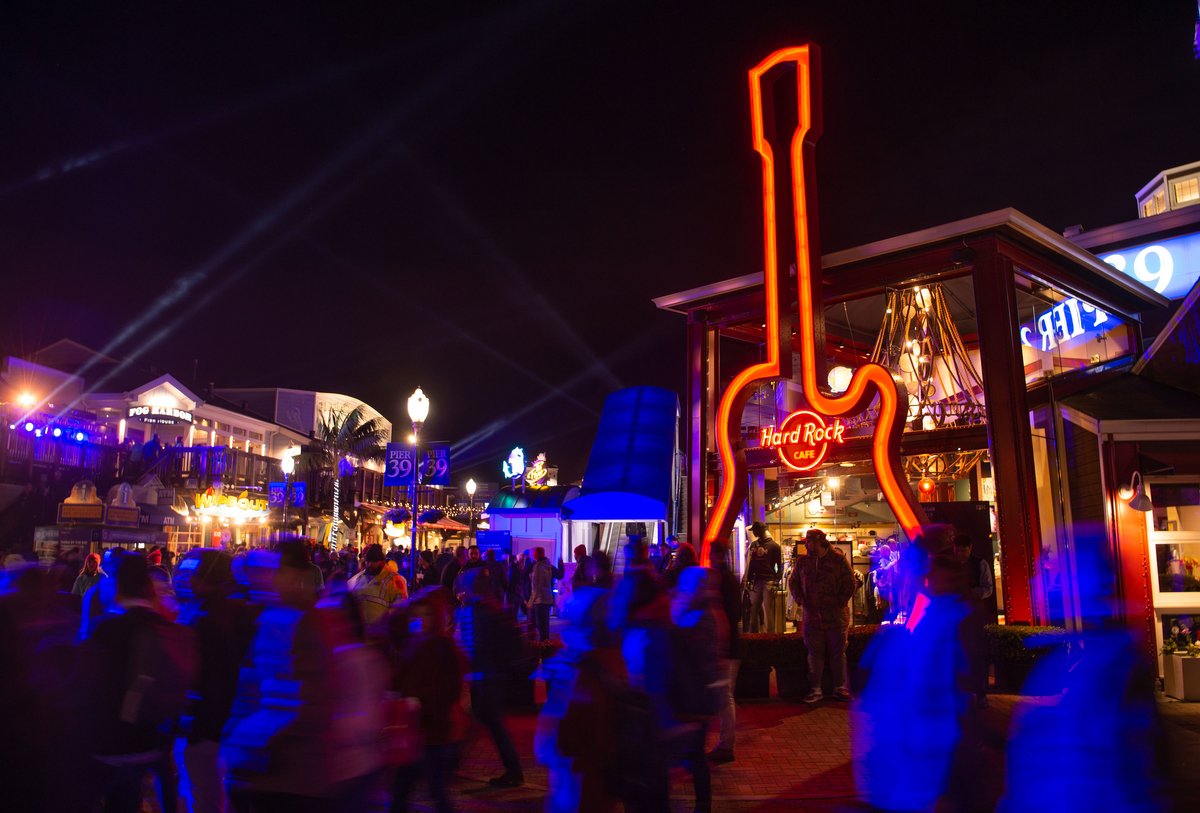
Using additional lights or a soft flash brightens the scene for clearer photos. Avoid strong light that creates shadows. Adjust camera settings for better results.
-
Capture Natural Moments
The best event photos capture real moments. Take pictures of guests laughing, talking, or dancing. These show true emotions.
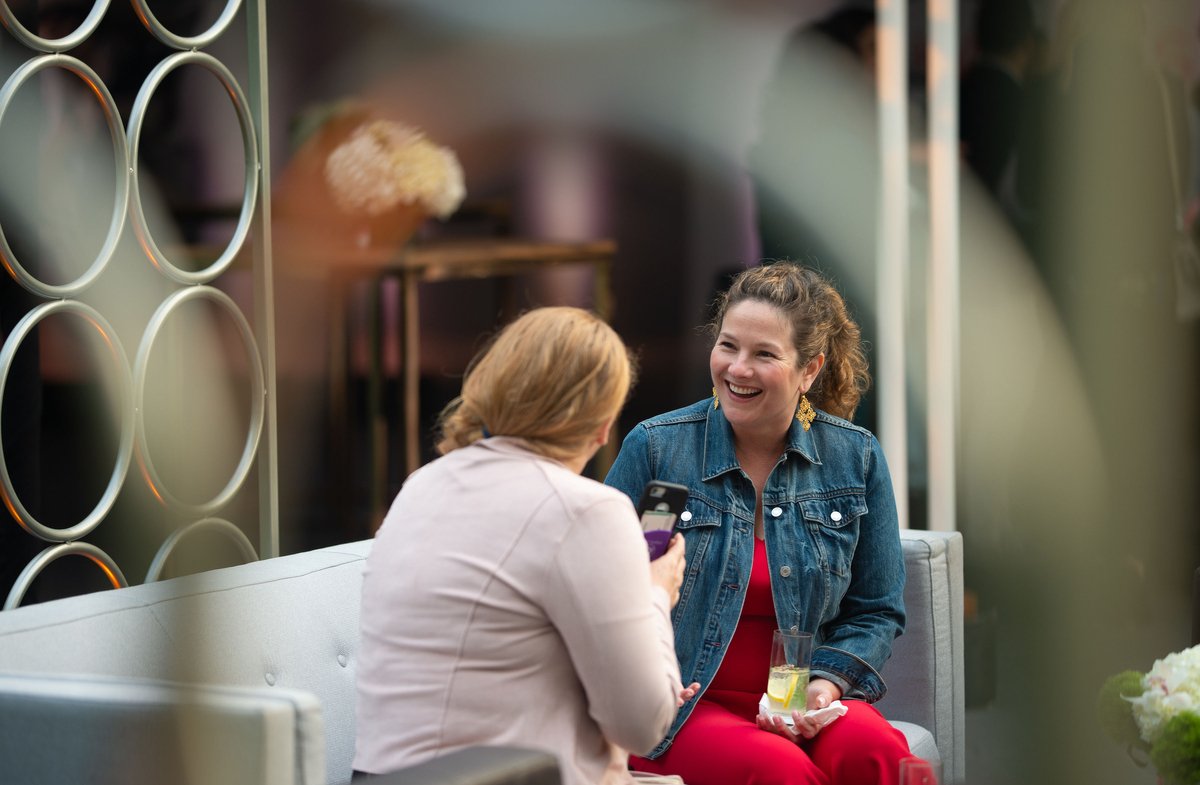
Avoid posing for everyone all the time. Walk around quietly and take natural shots. Real moments make your photos feel lively and full of warmth.
-
Focus on Key People
Every event has important people. They could be hosts, speakers, or performers. Capture their actions and expressions clearly.

Keep them in focus. Avoid a busy background. These photos are the highlights. They show who made the event special and memorable.
-
Capture the Venue and Decor
Event photos should show the whole scene. Capture the decorations, stage, and tables. Wide shots help tell the story.

Empty venue shots can look stylish. Details like lights and flowers make photos complete and professional.
-
Use the Right Equipment
Good equipment improves photo quality. Low light cameras work in dark places. Wide lenses are useful for big rooms. Zoom lenses let you shoot from a distance.

Extra batteries and memory cards are important. The right gear helps capture every special moment beautifully.
-
Adjust Your Angles and Composition
Avoid taking all photos from the same spot. Walk around and find new views. Take pictures from the sides or high above.

Take both close and wide shots. Apply the rule of thirds for balance and shoot from various angles for more variety. It makes your pictures more lively.
-
Pay Attention to Backgrounds
A messy background can ruin a photo. Always check behind your subject. Move or adjust if something distracting is there.
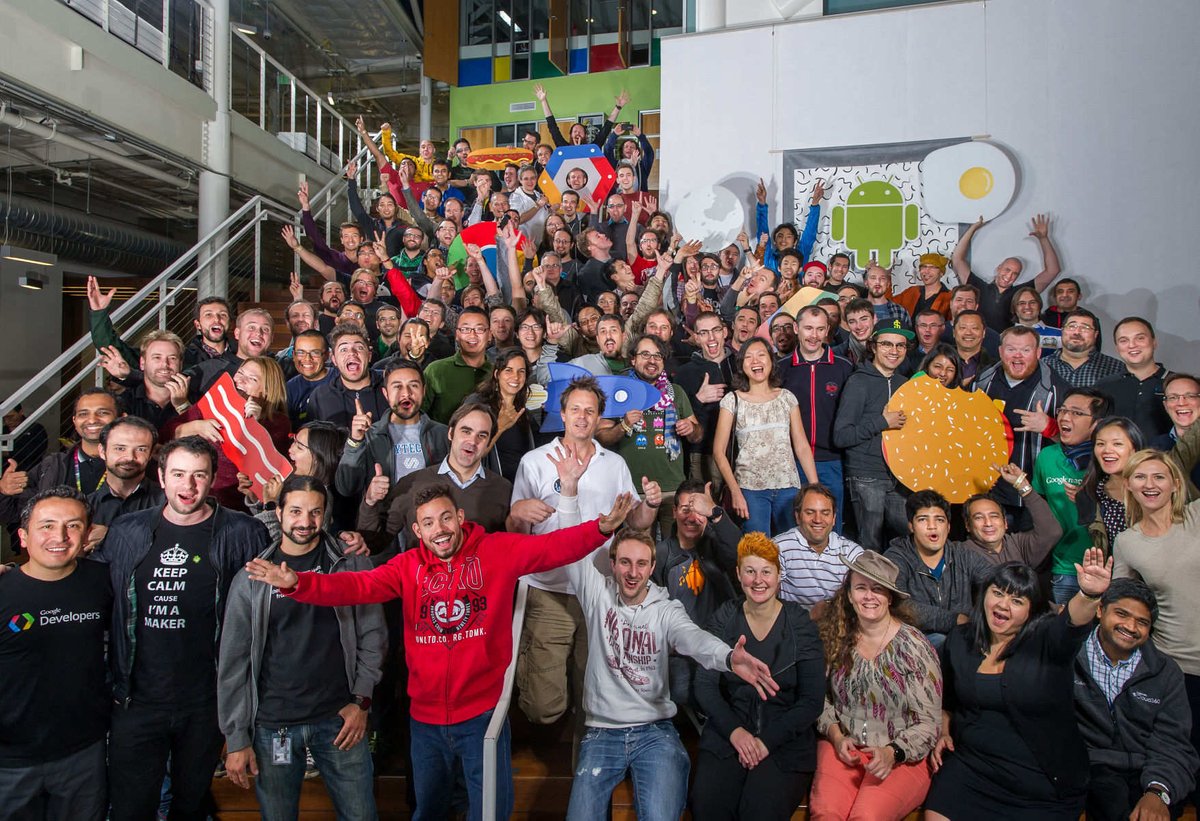
Simple backgrounds help focus on the main subject. You can also blur the background a little. This makes your subject clear and stand out.
-
Capture Group Photos Smartly
Every event needs group photos. Place people carefully so no one is hidden. Check the lighting so all faces are clear.
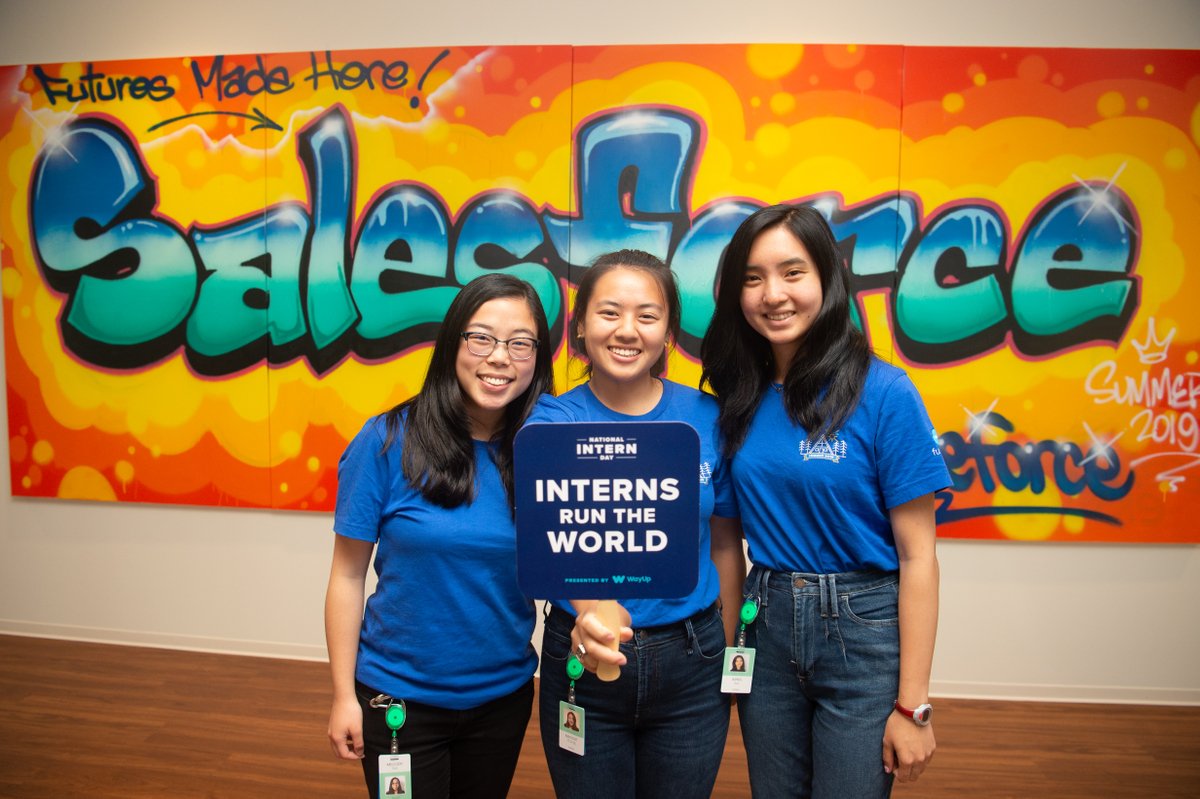
Encourage natural smiles. Take a few photos to make sure one is perfect. These photos capture unity and moments you can remember forever.
-
Stay Ready for Candid Shots
True moments appear quickly and without planning. Keep your camera ready at all times. Watch what people do and how they feel.

Laughter, speeches, and surprises happen fast. Candid shots capture these emotions. They make photos look natural. They show the real story of the event.
-
Edit Your Photos Carefully
Professional editing makes photos look neat. Adjust the light and colors for better results. Remove unnecessary areas if needed. Do not add too many filters.
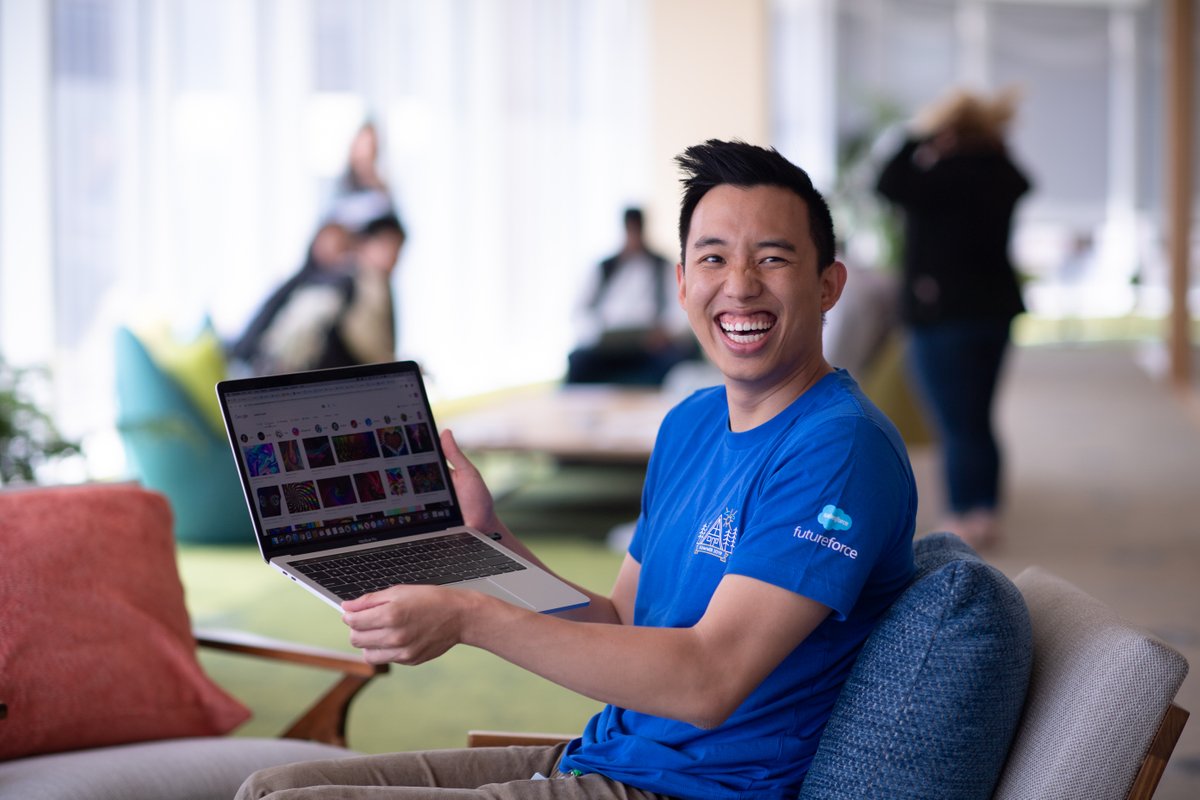
Too much editing can make photos look fake. Keep pictures natural. Editing ensures all images have a similar style throughout the album.
-
Deliver Photos Quickly
Clients want their event photos quickly. Choose the best and clearest shots. Remove duplicates or unclear pictures.

Put highlights in one folder and others in another. Quick delivery creates a good impression. It also shows your work is professional and reliable.
-
Be Polite and Professional
Your behavior is important during event photography. Always treat guests and staff with respect. Stand where you do not block anyone. Wear clean and suitable clothes.
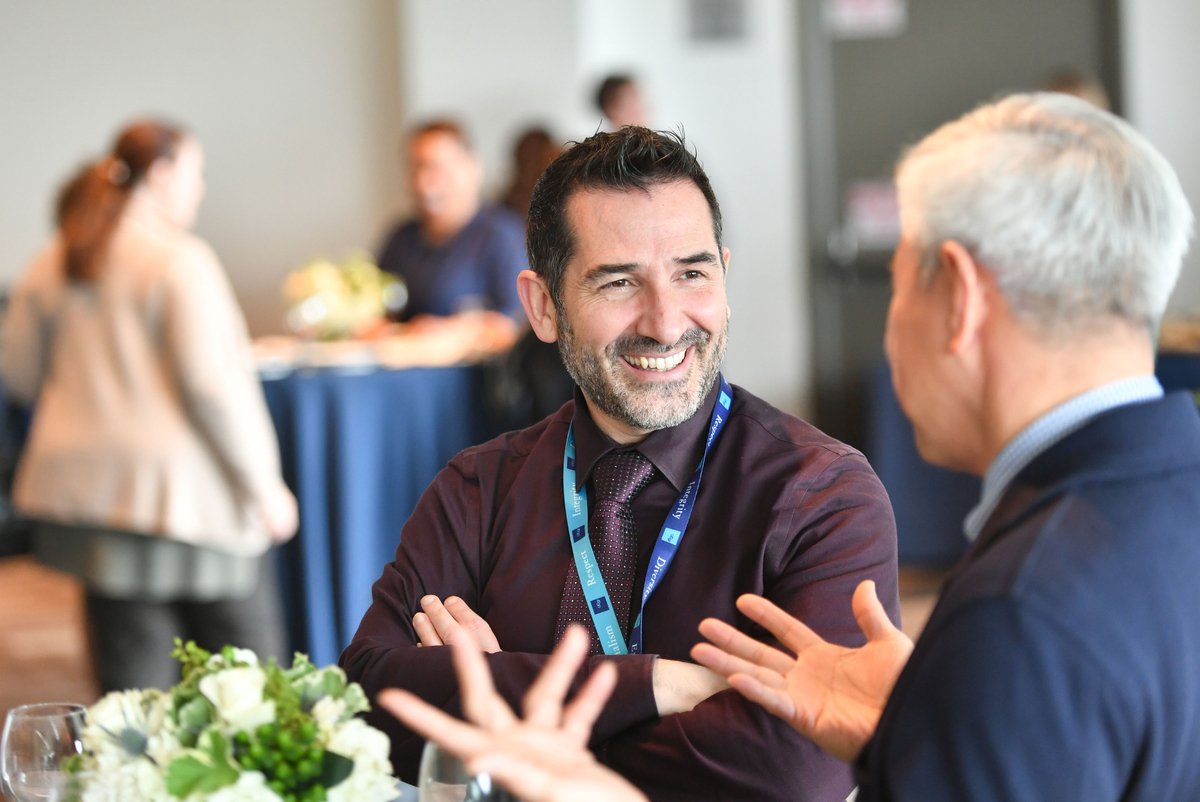
A friendly attitude gains trust. Professional manners make people relaxed. This helps in taking good photos. Kindness and respect improve your work.
-
Practice and Improve
A photographer improves with experience. After every shoot, check your photos carefully. See what looks good and identify what needs improvement for next time.
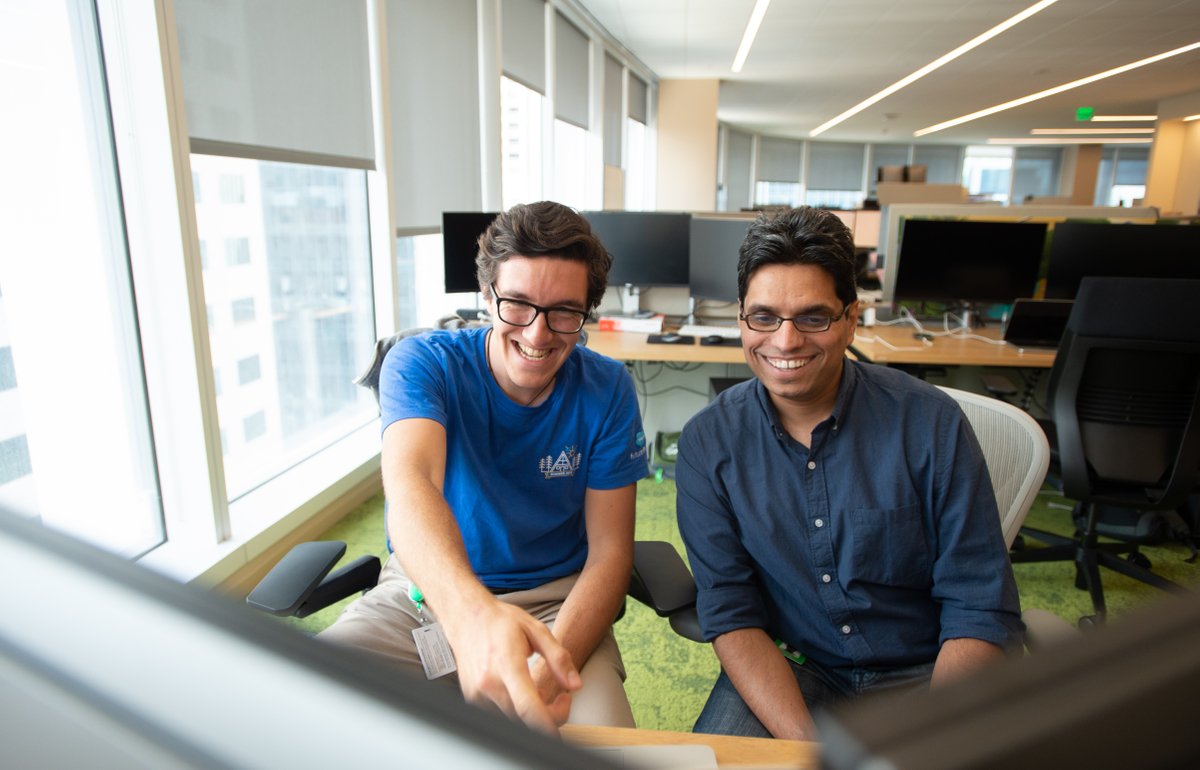
Try new ideas and approaches. Learn from errors. Every session adds knowledge. Practicing often improves your talent. Top photographers always work to get better.
Conclusion
Event photography is more than pointing a camera. You must see the light and capture real feelings. Preparing early helps you catch special moments. Focus on timing and readiness.
Skilled photographers use focus and creativity to make photos special. Each picture shares a story and captures real emotions. Small or big events can be remembered this way. Good photos make memories last forever.
FAQs
How do I deal with low light at indoor events?
You can use a higher ISO and a fast lens with a wide aperture to let in more light.
What lens is best for event photography?
A 24-70mm f/2.8 lens works best for most event situations.
How early should I arrive at the event?
You should arrive at least one hour early to check lighting and plan your angles.
How do I avoid blurry event photos?
You should use a fast shutter speed and keep your camera steady, or use a tripod.
What are some common mistakes in event photography?
Poor lighting, bad timing, and missing key moments are common mistakes.
